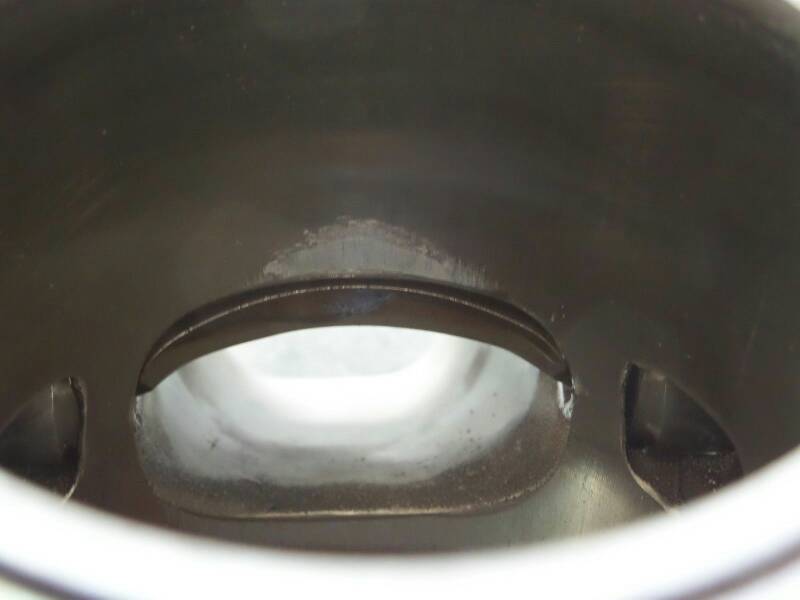Mastermind
Work Saw Specialist
I use a hacksaw. Then you can squeeze it together tighter with pliers.

From my experience if you are through the plating it will start to look a little gray in color instead of shiny.So reading through this whole post, if there is no raised transfer left and you don't go through the plating, the cylinder is good to go. Does anyone have a picture of a cylinder that has gone through the plating, just wondering what that looks like.

From my experience if you are through the plating it will start to look a little gray in color instead of shiny.
Kind of like this.

Sent from my SPH-L720 using Tapatalk
I use a hacksaw. Then you can squeeze it together tighter with pliers.
Then there's the pliers thing on top o' that......, yikes.
So reading through this whole post, if there is no raised transfer left and you don't go through the plating, the cylinder is good to go. Does anyone have a picture of a cylinder that has gone through the plating, just wondering what that looks like.
Great video, and to be honest it's a method I would have never considered.
I've only ever used acid to clean, then finish up the cylinder bore using an AO 320 grit flex hone.
I have a couple of old cylinders I may have a play about with using your method, but wondering what sort of RPM is the air tool operating at?
Thanks again for providing a very simple method
I don't use any air tools (I hate the sound of them). It's a Foredom flex shaft tool. 18,000 max RPM with a foot pedal control.
I use a hacksaw. Then you can squeeze it together tighter with pliers.
Enter your email address to join: